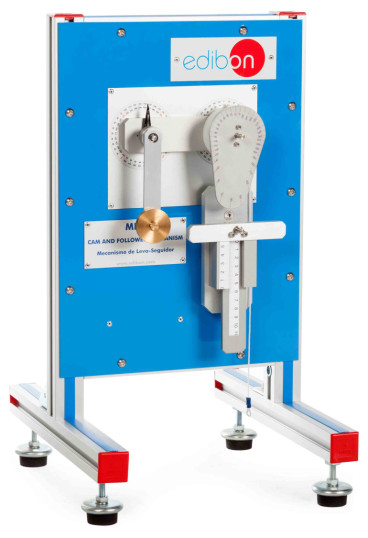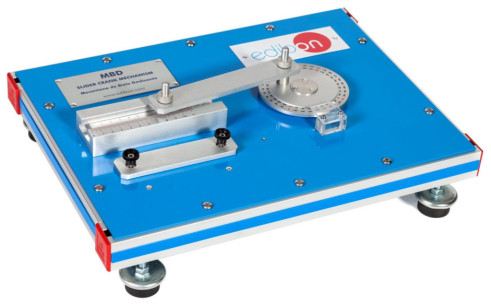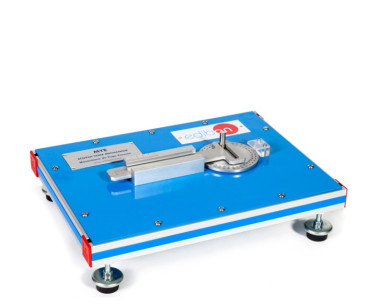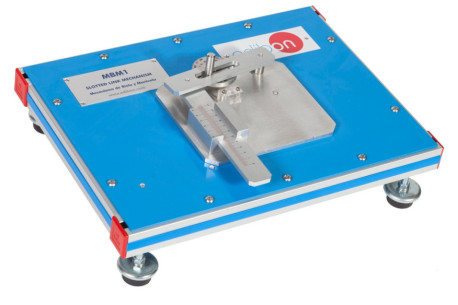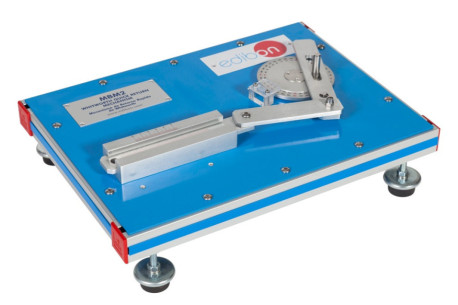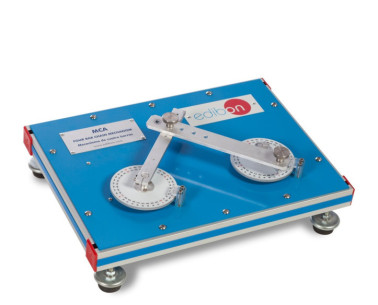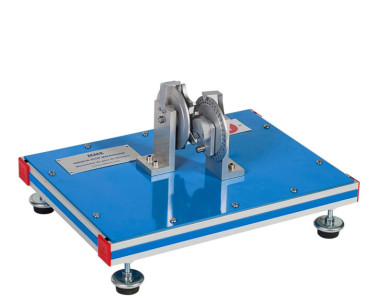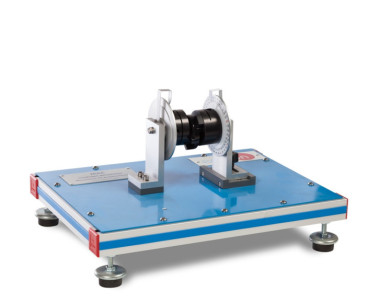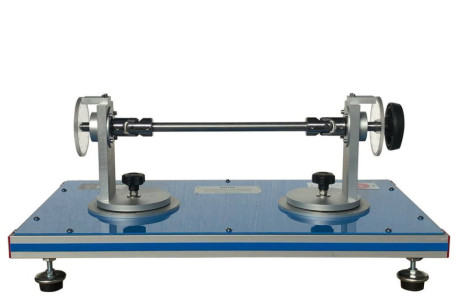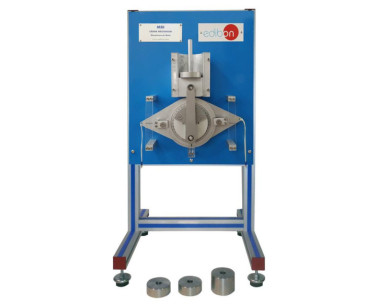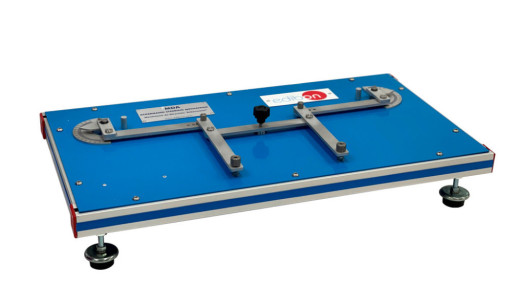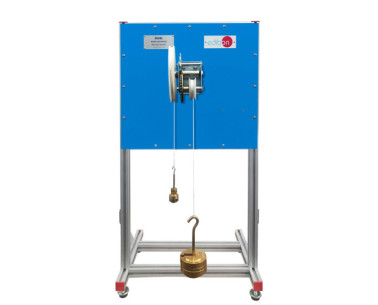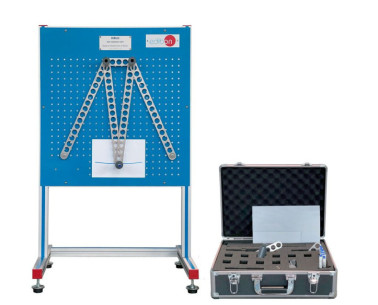MEX カム・従動機構
革新的なシステム
The Cam and Follower Mechanism, "MEX", designed by EDIBON, allows to demonstrate the operation of a cam-follower mechanism in a clear way.
研究室
関連ニュース
概要
The Cam and Follower Mechanism, "MEX", allows to study the cam-follower and eccentric-follower mechanisms. For that purpose, several plate cam models in different forms, one eccentric and several roller-shaped, flat-shaped, wedge-shaped and oscillating followers models are supplied.
A plate cam, also called disc cam, consists of a plate which rotates around an axis perpendicular to its plane. Its profile is designed to give a reciprocating or oscillating motion to a follower, which touches the edge of the cam.
The unit comprises five followers which depend on the geometrical characteristics of the edge in contact with the cam.
Two of them are roller-shaped followers with different diameters to study the influence of the diameter, other one is flat-shaped, other one is wedge-shaped and the last one is oscillating.
Such followers constitute cam-follower mechanisms, which transform the circular motion of the cam into a linear or angular motion of the follower. One or the other motion will depend on the configuration of the mechanism and, specifically, on the position of the follower with regard to either the cam or eccentric profile.
演習と指導の慣行
マニュアルに含まれるガイド付き実習
- Demonstration of the action of plate cams and an eccentric with geometrical profiles variation in the conversion of the circular motion of these cams to a linear or angular motion of the follower.
- Study of the influence of the roller follower's diameter in the conversion of the circular motion of the plate cam into linear motion or angular motion.
- Determination and graphical illustration of the relationship between the displacement of the follower and the angular displacement of the cam for several types of cams and followers.
- Measurement of the force needed to be overcome in order to rotate a cam at different angular positions. ("B type" set required).
より実用的な練習をして、ユニットを完成させる
- Determination of the velocity and acceleration by graphical differentiation and compared with values obtained by the equations of motion.
補完的な機器
スコッチヨーク機構
スロット連結機構
ホイットウォースクイックリターン機構
4節回転連鎖機構
ゼネバ式巻き止め機構
カップリング機構
フック継手機構
クランク機構
アッカーマンステアリング機構
ウィンチ機構
Bar Linkages Unit
品質

アフターサービス

 クッキーの設定
クッキーの設定

